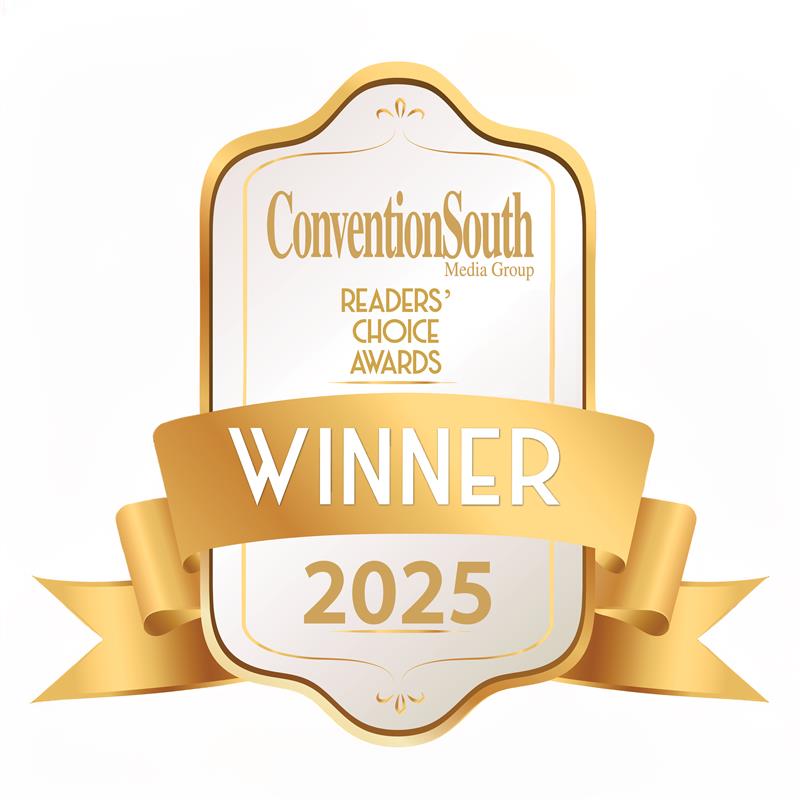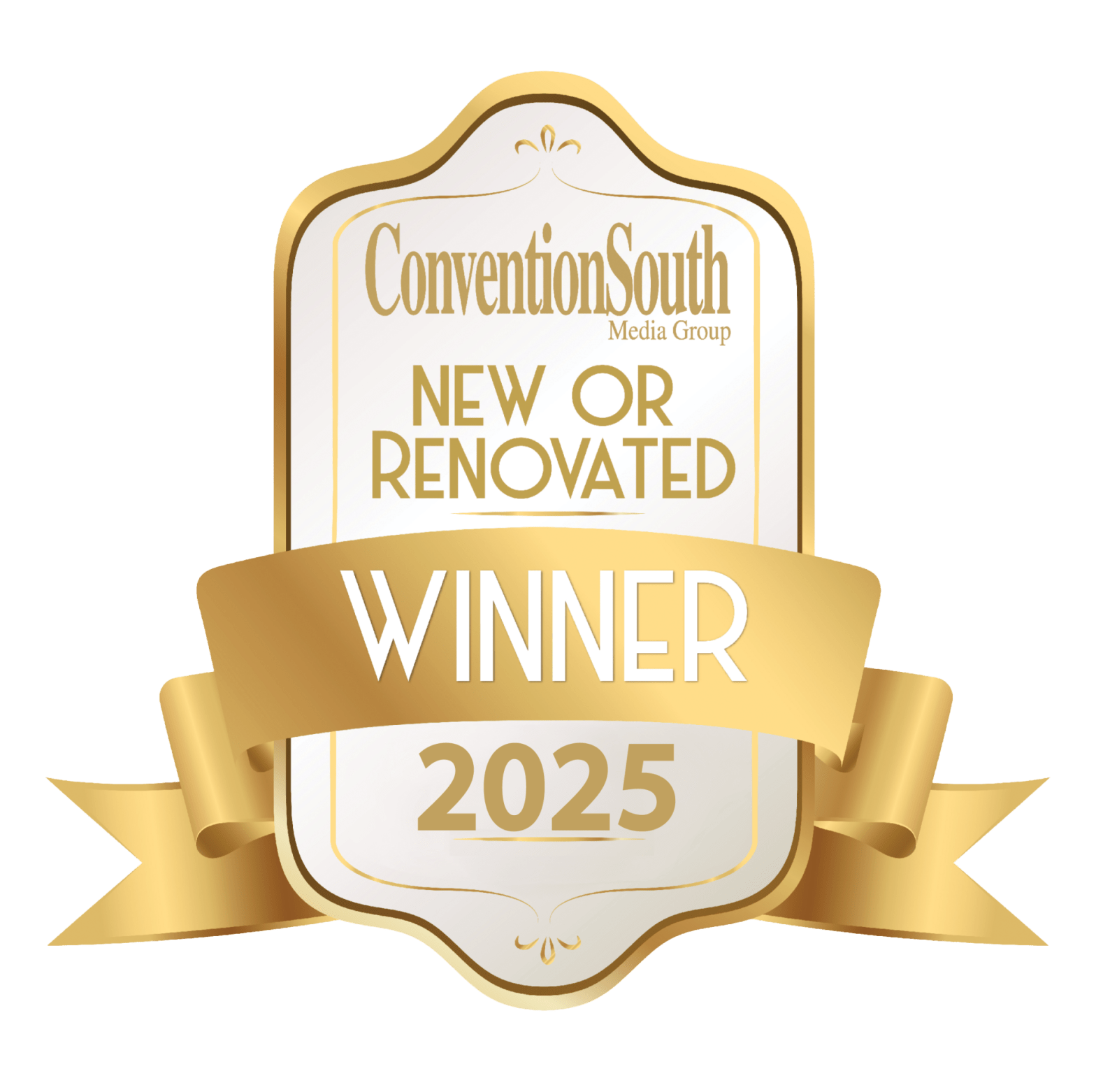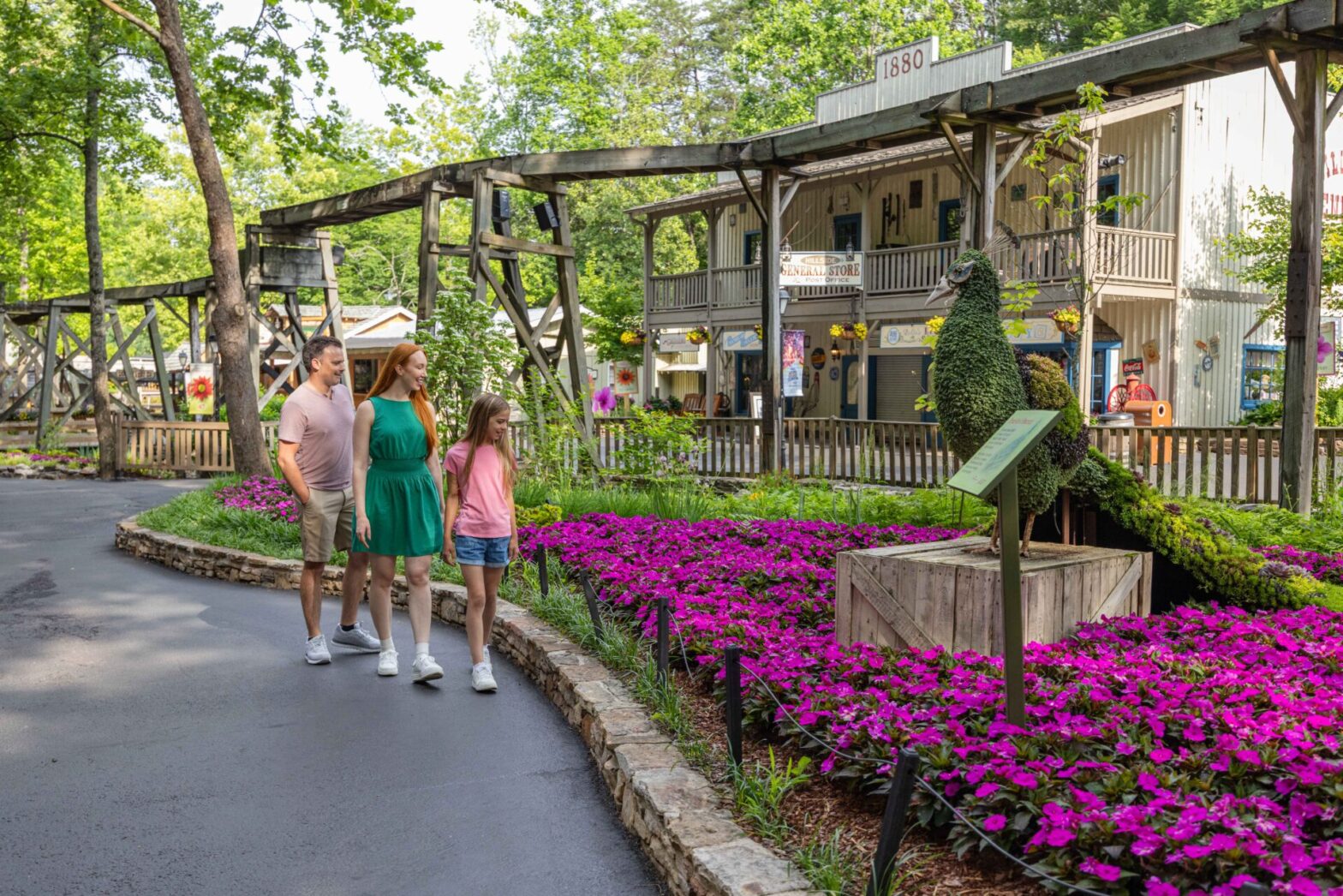Survey reveals positives amid challenges of increasing costs

Responses to ConventionSouth’s Fall 2024 State of the Industry Survey indicate meetings and events in the South are strong—but not without their challenges.
Administered through a third-party platform to ensure anonymity of respondents, the survey asked our audience of approximately 18,000 destination and planning professionals to share their responses to a wide range of industry topics. The survey covered the number of events being planned and attendance, budgets and costs, factors in selecting destinations and venues, technology, and other key areas.
Notable findings of the survey reflect overall positive trends. For example, more than 75 percent of planners who responded to the survey are planning two or more events in the South in the next 12 months. Attendance at most events was reported to be the same as or greater than the previous year. Many planners noted they re-book the same destination or venue.
Other responses reveal the challenges in meetings and events. The most common concern of respondents is increasing costs—without increasing budgets, for many planners. To combat costs, many planners are making adjustments to meet attendees’ expectations.
Our report breaks down all the important issues driving current industry trends, with helpful charts and graphs as well. (For some questions, combined percentages are greater than 100 due to rounding or where participants could select more than one response.)
Events & attendance
The South continues to be a popular destination for meetings and events. According to survey respondents, 76 percent plan to hold two or more events in the South in the next 12 months. In addition, approximately 21 percent are planning 11 or more events in the South in the next 12 months.
Based on survey responses, trade shows and conferences make up an overwhelming majority—80 percent—of the events being planned. SMERF, specifically faith meetings, and board meetings represent 20 percent of the events being planned by survey respondents.
Attendance at events remains strong, too. For 81 percent of respondents, event attendance was either the same as or greater than the previous year. Among those who indicated their events had increased attendance, 69 percent noted attendee numbers had increased by more than 10 percent. More than half of respondents (52 percent) reported attendance is 11 percent to 25 percent higher than last year.
Destinations & venues
The South offers many wonderful destinations for meetings and events, each with its own individual appeal and advantages. For planners responding to our survey, choosing a host destination usually comes down to three main factors: cost, location, and venue options. In fact, cost is the most important factor in choosing a destination, according to 31 percent of event planners. Location and venue options trended fairly even, with 25 percent of planners basing their destination decision on location and 23 percent on venue options (type and size of space).
One finding of the survey especially encouraging for tourism offices, CVBs, and event venues is the trend of returning to a destination or venue. Most event planners—63 percent—indicated they re-book events in the same destination or venue. Among those who re-book in the same destination or venue, they reported cost (82 percent), staff relationships (64 percent), and amenities (40 percent) as the most important factors. While cost remains the most important consideration when choosing to return to a destination or venue, event planners still value relationships as an integral part of successful events and still want to offer attendees added value with amenities.
Event planners also noted location as a factor in re-booking a destination or venue. Planners reportedly consider if the location is a tourist destination or is central to attendees (both 38 percent), is important to a specific industry (33 percent), or is easily drivable (29 percent).
Challenges & alternatives
The most common concern reported by event planners was higher costs. In fact, event planners rated higher costs as their top three challenges: higher event costs, 76 percent; higher accommodations costs, 56 percent; and higher transportation costs, 41 percent.
Adequate staffing continues to be an issue as well. Whether due to cutbacks, retention issues, or labor shortages, venues are under-staffed. This staffing shortage has a direct effect on events, as 35 percent of event planners noted venue staffing shortages among their greatest event challenges.
Event planners hear these same challenges from their clients, who are also feeling the money crunch. According to the survey, 87 percent of event planners noted higher costs as a concern of their clients; budget restrictions, 71 percent; and staffing shortages, 31 percent. Meanwhile, 85 percent of event planners stated client budgets are either holding steady (48 percent) or decreasing (37 percent). Only 15 percent of respondents indicated client budgets are increasing.
Despite increasing costs without increasing budgets, event planners still are tasked with creating memorable and engaging events for attendees. Indeed, the most common challenge reported by planners was meeting attendees’ expectations amid increasing event costs but without increasing budgets. Most event planners—72 percent—are making strategic adjustments to combat rising costs, including holding smaller regional events (36 percent); increasing registration fees (33 percent); holding more events in smaller drive-in destinations (29 percent); scaling back F&B offerings (27 percent); and holding events closer to their attendee base (25 percent). Others are considering more economical hotels, offering a hybrid meeting option, and reducing the number of offsite activities or after-hours events (54 percent, combined). Two planners shared they are shortening events to fewer days and increasing sponsorship rates as a result of rising costs. Engaging attendees & incorporating communities
Engaging attendees & incorporating communities
Understanding what is important and of interest to attendees is paramount to planning meaningful, informative, and engaging events, as well as enjoyable offsite and after-hours activities. According to survey responses, 61 percent of planners ask attendees about the types of networking/entertainment/offsite activities of interest to them.
Planners also like to incorporate the local community and culture into their events, as indicated by 87 percent of planners. They noted entertainment (77 percent), historical attractions (74 percent), and natural attractions (67 percent) as the most common ways for attendees to experience the local community and culture as part of their events. This survey also supports the growing trend of volunteering with events—as reported in our September issue—with 44 percent of planners indicating they incorporate the local community through volunteer opportunities.
This survey also supports the growing trend of volunteering with events—as reported in our September issue—with 44 percent of planners indicating they incorporate the local community through volunteer opportunities.
Other responses, as noted by 12 percent of planners, reflect an emphasis on local business partners during events. Examples given by those planners include dining at area restaurants and providing attendee gifts from local vendors.
Food & beverage trends
Our survey included a variety of questions relating to F&B. Whereas only 29 percent of planners are scaling back F&B offerings to combat rising costs, 69 percent of planners consider cost the most important factor in F&B options.
Health concerns are also important F&B considerations, with 76 percent of planners accommodating F&B allergies and 73 percent accommodating F&B dietary restrictions (vegan, vegetarian, Kosher, etc.), and 67 percent noting healthy F&B options as very important or important.
Choosing local/sustainable F&B suppliers is also important, as indicated by 43 percent of planners.
Sustainability
The role of sustainability in events is more gray than green, according to our survey. While a combined 88 percent of planners rated sustainability important on some level, other figures suggest planners view sustainability in events differently. Among the 88 percent of planners who rated sustainability as important on some level, only 14 percent indicated they consider sustainability very important. On the opposite end, 12 percent of planners rated sustainability as not important—a point echoed by one planner, who shared, “From my perspective, there is too much emphasis on green meetings.”
A closer look at specific initiatives might more accurately reflect how planners approach sustainability in their events. For example, 55 percent of respondents noted recycling/composting/re-use of materials as important; locally grown/sourced F&B, 47 percent; donation of leftover food items, 43 percent; water conservation measures, 39 percent; reduction/elimination of single-use plastic, 39 percent; and access to public transportation, 33 percent.
Technology & education
Industry professionals have a wide variety of technology and tools to assist in event planning. Mobile apps, virtual tours, and even artificial intelligence (AI) programs can streamline registration, communications, marketing, and other tasks.
According to our survey, mobile apps are most commonly used, by 50 percent of planners who responded. Only 37 percent of planners reported using virtual tours as part of their venue/destination selection process. AI is used even less, by only 27 percent of respondents. Among those who indicated they use AI, 54 percent use AI for generating text/copy; 46 percent use it for developing marketing strategies; and 38 percent use it for creating graphics. Two industry professionals shared they use AI in research and sourcing venues.
For many, continuing education (CE) is an important part of their professional growth and industry knowledge; 27 percent of planners indicated they participate in industry-related CE. Among those, 62 percent noted they take CE classes two to five times per year, while 23 percent take more than 10 CE class per year. In-person CE classes are the most common, as noted by 92 percent of planners, but they also participate in webinars (77 percent) and on-demand classes (39 percent). In addition, 62 percent of planners who indicated they participate in CE also reported accreditation toward certification is important in CE.
Safety & wellness
The safety and health of attendees and others playing a role in events are obvious concerns of event planners. In fact, 82 percent of planners indicated they are concerned on some level about physical security at events. The majority of those planners, 52 percent, reported they are taking steps to increase physical security at events. Planners did not share what those security measures involved.
In terms of attendees’ physical and mental health, 25 percent of planners responded they plan to add physical health and wellness components to events and 14 percent plan to add mental health and wellness components. However, additional comments suggest physical and mental health components in events are increasingly important to planners.
Our questions about physical health, wellness, and mental health generated more comments than any other survey topic. Planners shared a variety of ways they plan to, or already, incorporate physical and mental components in events. Yoga sessions, group walks/runs, onsite fitness equipment and classes, and stretch breaks were the most common responses for incorporating physical health components into events. One planner responded attendees should be given more free time for self-care.
The most common responses for incorporating mental health components into events were relaxation stations, quiet spaces, mental breaks, and onsite therapy dogs. Two planners noted educational sessions focusing on mental health, while another provides counseling in private rooms at meetings.
This feedback confirms more planners are focusing on attendees’ physical and mental health at events. For more on this topic, read our feature, “Wellness on the Road,” beginning on page 7.






